| | What are “Chill Hours” and why do they matter for nut and fruit trees (except for citrus)? Chill hours are accumulated when the air temperature is between 32 and 45 degrees minus the number of hours when the air temperatures is above 60 degrees. As these chill hours accumulate, the trees stay “dormant” – literally taking a rest because their systems are shutting down to a bare minimum of activity. With this week’s rain and chilly weather staying below 41 degrees during the nights and below 61 degrees during the days, fruit trees and other plants are definitely benefiting. The number of chill hours is what determines the likelihood of successful fruit-bearing wherever they are grown. It’s best to try to match the tree variety's required number of chill hours with where they’re grown. For example, when we lived in Davis, one of my favorite plum trees was Green Gage. Since Davis generally gets between 800-1000 chill hours annually, many trees are successful there. However, since my Pasadena area gets only between 350 and 450 chill hours (and I think that’s overly optimistic, given previous winters of drought and warmth), we have a much more limited group of possibilities for success. Because Green Gage generally requires 700 hours, it’ll do very nicely in Davis but not so well here in Pasadena. Even with wishfully hoping that the number of supposedly required chill hours for a particular tree variety is more than it can actually produce a good number of fruit, Green Gage is beyond my success. I proved this to myself when we’d first moved back down here from Davis in 1994, when our winters still had a good amount of both rain and cold. I’d purchased a Green Gage and planted it in a spot that got the most winter chill in my yard, so I thought that we might get even a minimum amount of fruit. But that poor tree struggled for a couple of years, putting out progressively less foliage and few blossoms, and then it gave up completely. Because my yard hadn’t provided anywhere near enough chill hours, the tree couldn’t go dormant and rest before each successive year’s push of new growth. So it literally grew itself to death. One example of the number of chill hours between 32 and 45 degrees for several locations in Los Angeles County between November 1 and February 28/29 are: Arleta 52, Chatsworth 19, Glendale 0, Long Beach 64, Monrovia 43, Palmdale 297, Palmdale Central 192, Pomona 68, Santa Clarita 55, Santa Monica 0, West Hills 43. For other locations, see https://fruitsandnuts.ucanr.edu/Weather_Services/Chill_Calculators/ . Here are some low-chill fruit tree varieties (less than 300 hours) suggested by Grow Organic, https://www.groworganic.com/blogs/articles/chill-hours-what-are-they-how-do-i-count-them-and-why-do-my-fruit-trees-car -- Apples – Anna, Low Chill multi-graft, Dorsett and Sundowner Apricots – Gold Kist or Katy Plums – Methley, Burgundy, Satsuma or Mariposa Pluot – Dapple Supreme Cherry – Royal Lee, Minnie Royal and Royal Crimson Peach – Red Baron, Low Chill multi-graft, Saturn, Babcock, Sauzee Swirl, Mid-Pride and Eva's Pride Nectarine – Spice Zee Nectaplum, Double Delight or Snow Queen Pears – most require over 300 chill hours. Asian pears require the lowest chill hours of all pears. Figs, Pomegranates, Quince, Persimmons – all require 300 or less chill hours Special Hybrids – Spice Zee Nectaplum or Flavor Delight Aprium For more December tasks. For more Winter topics. |
|
0 Comments
|
Categories |
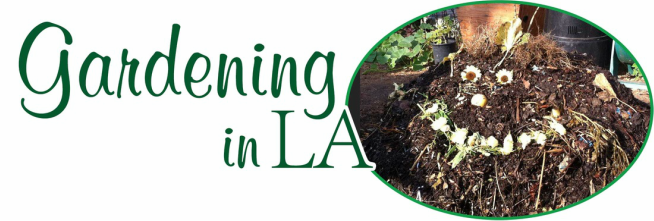
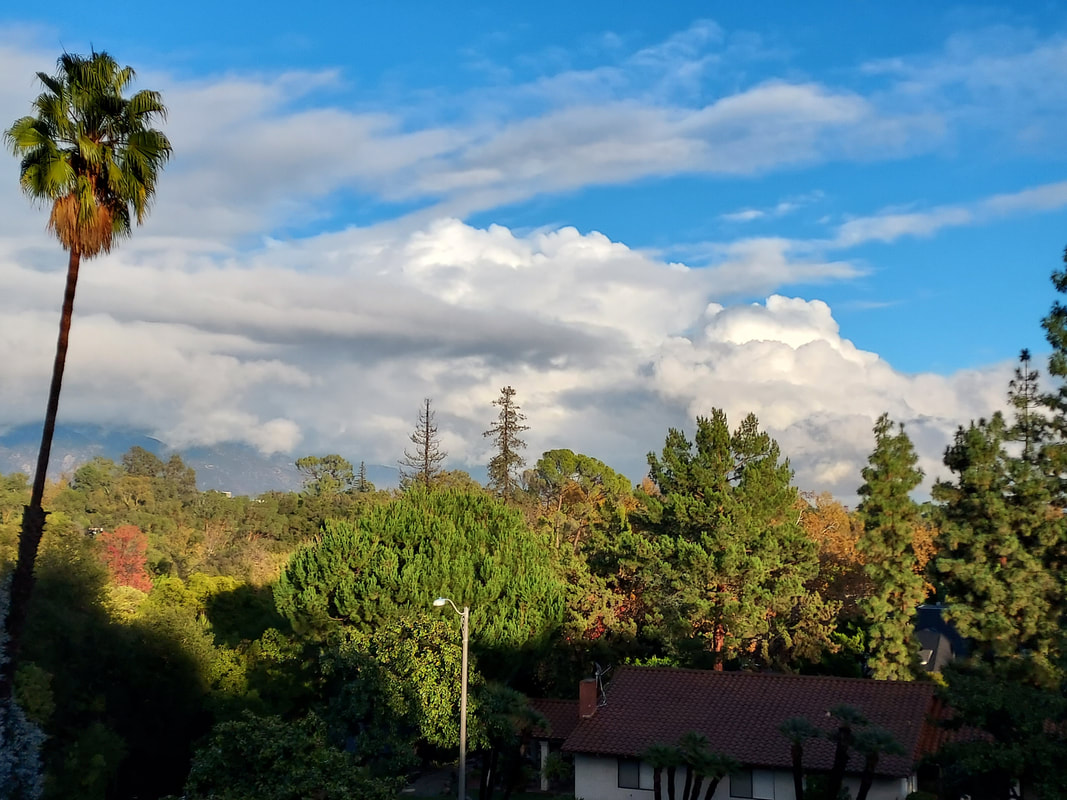
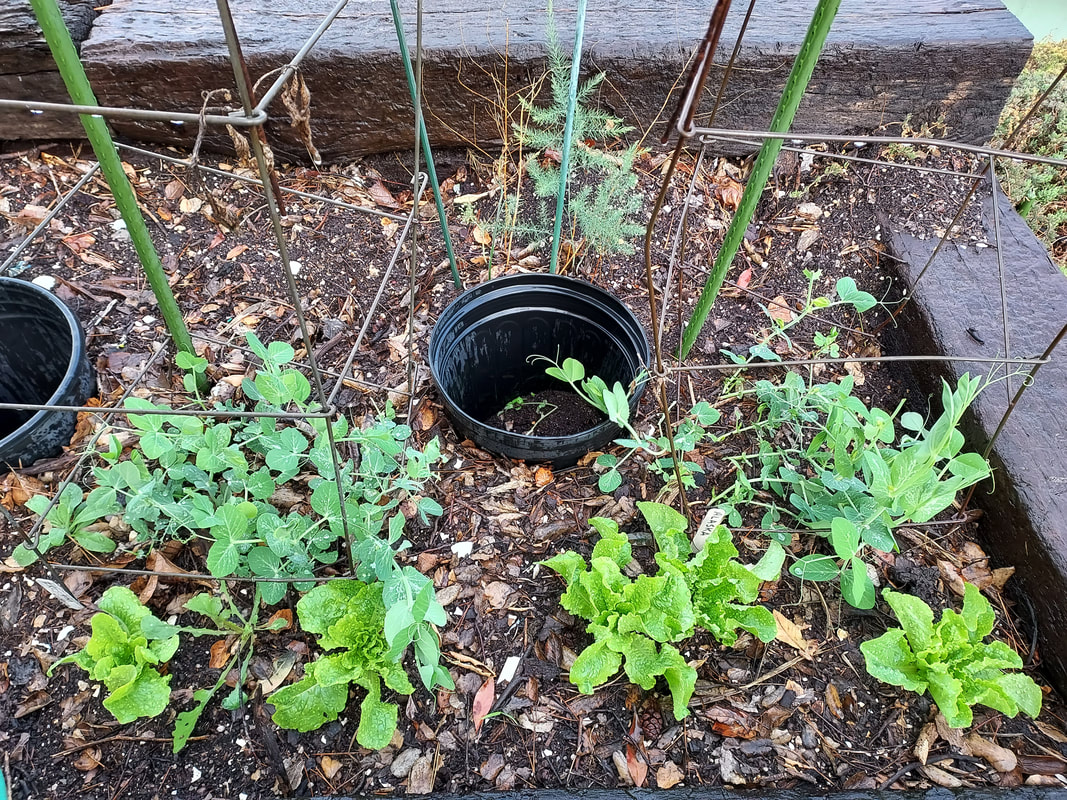
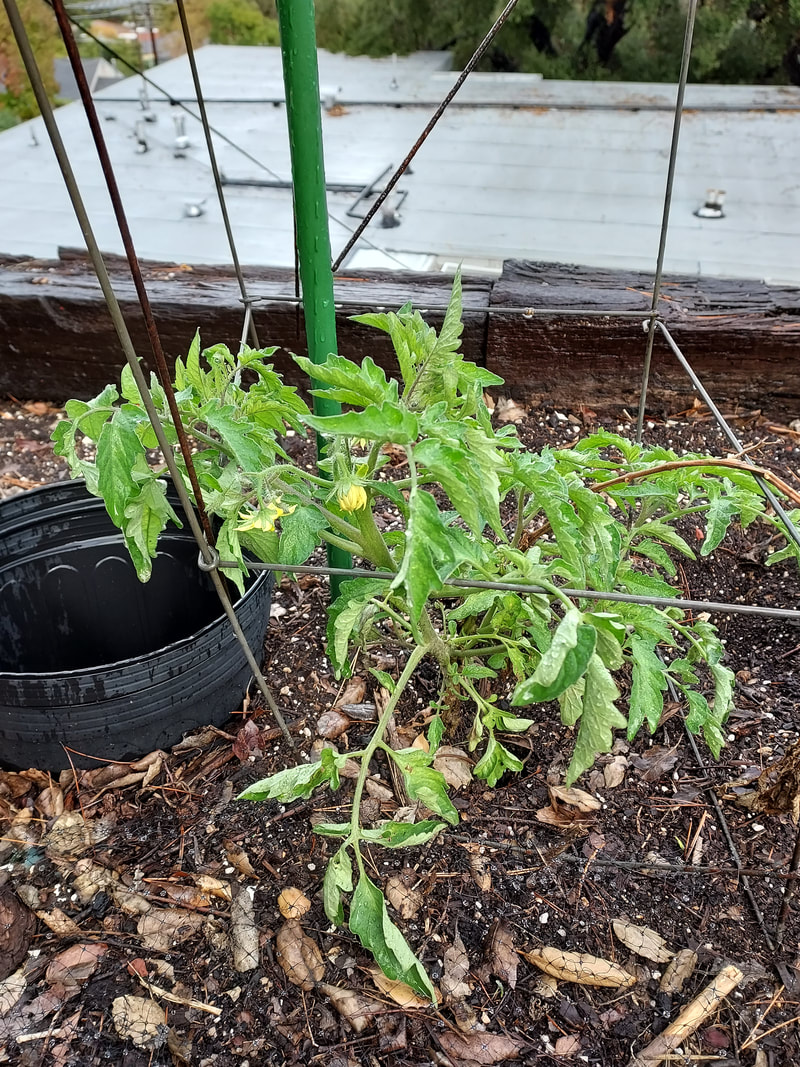
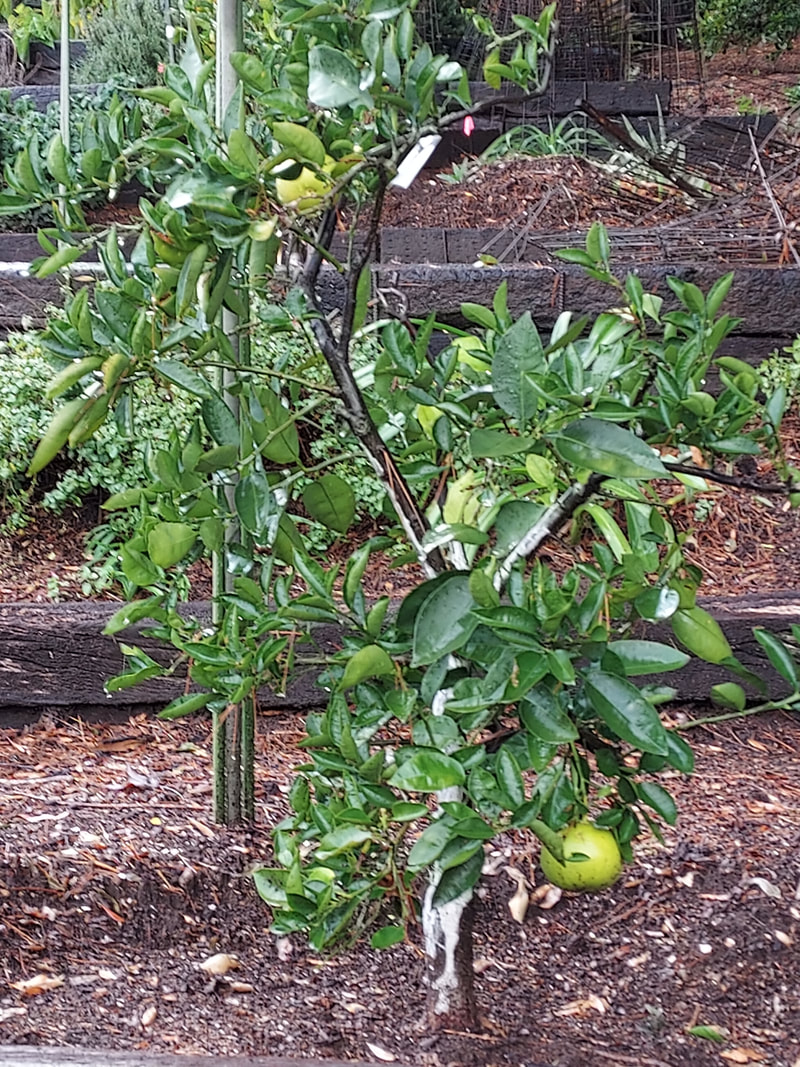
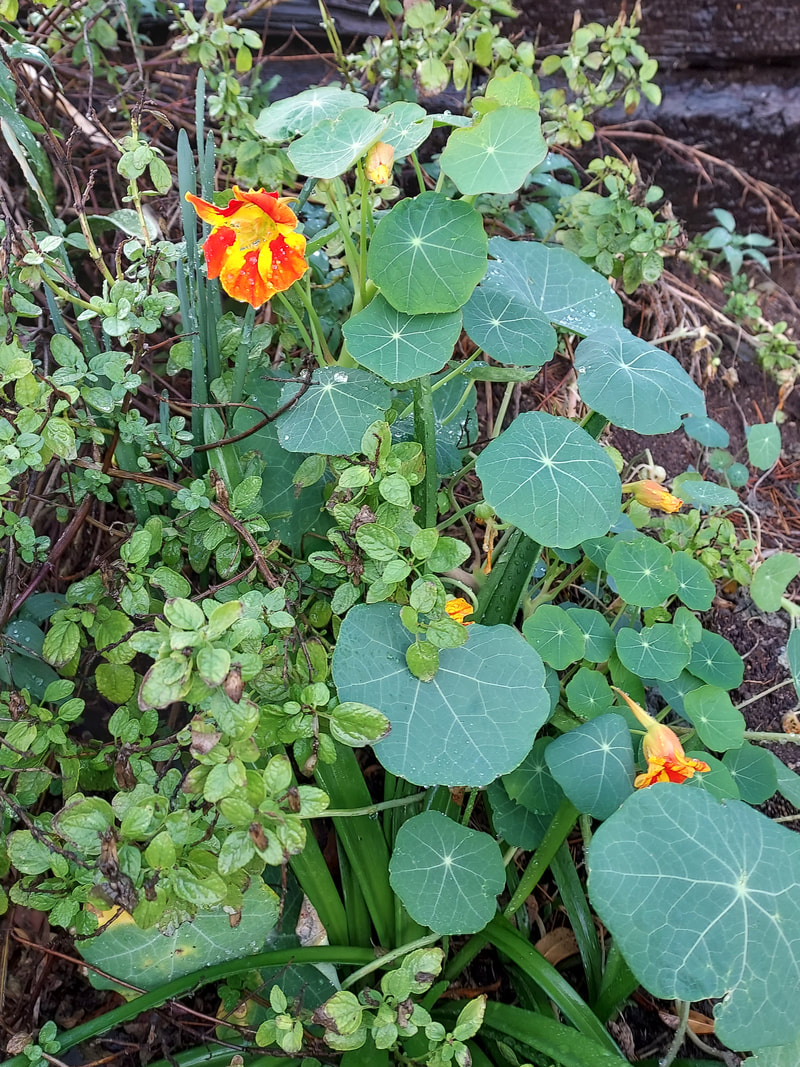
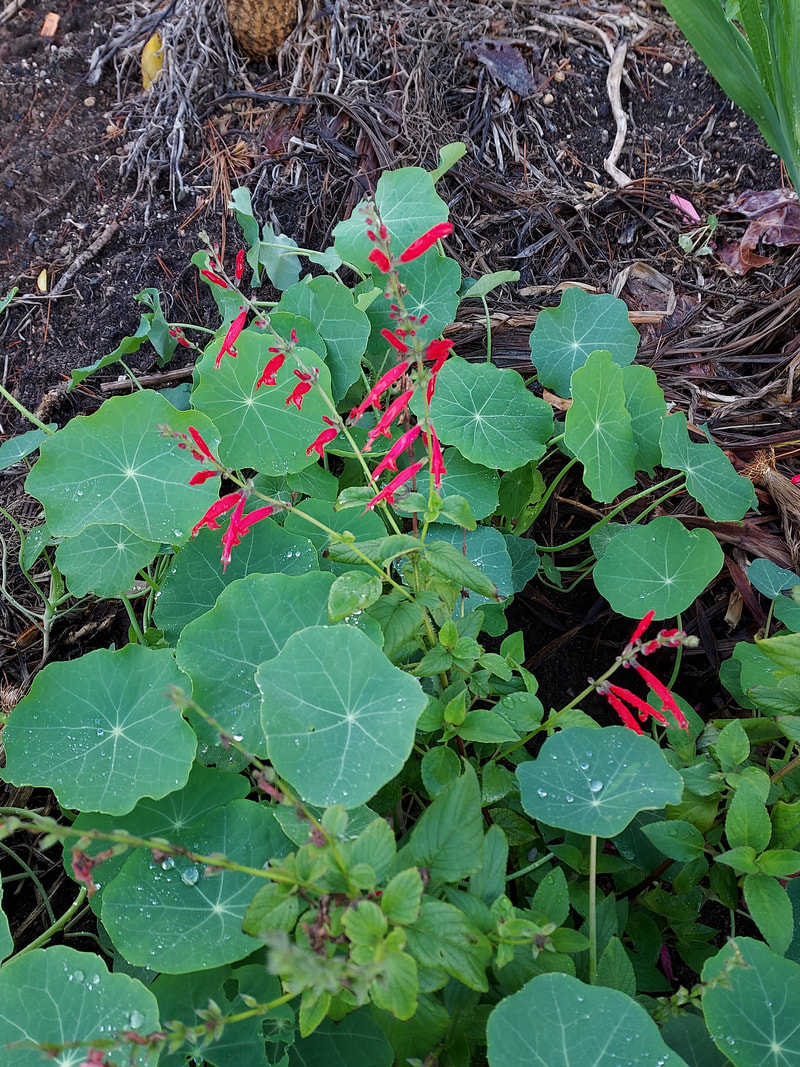
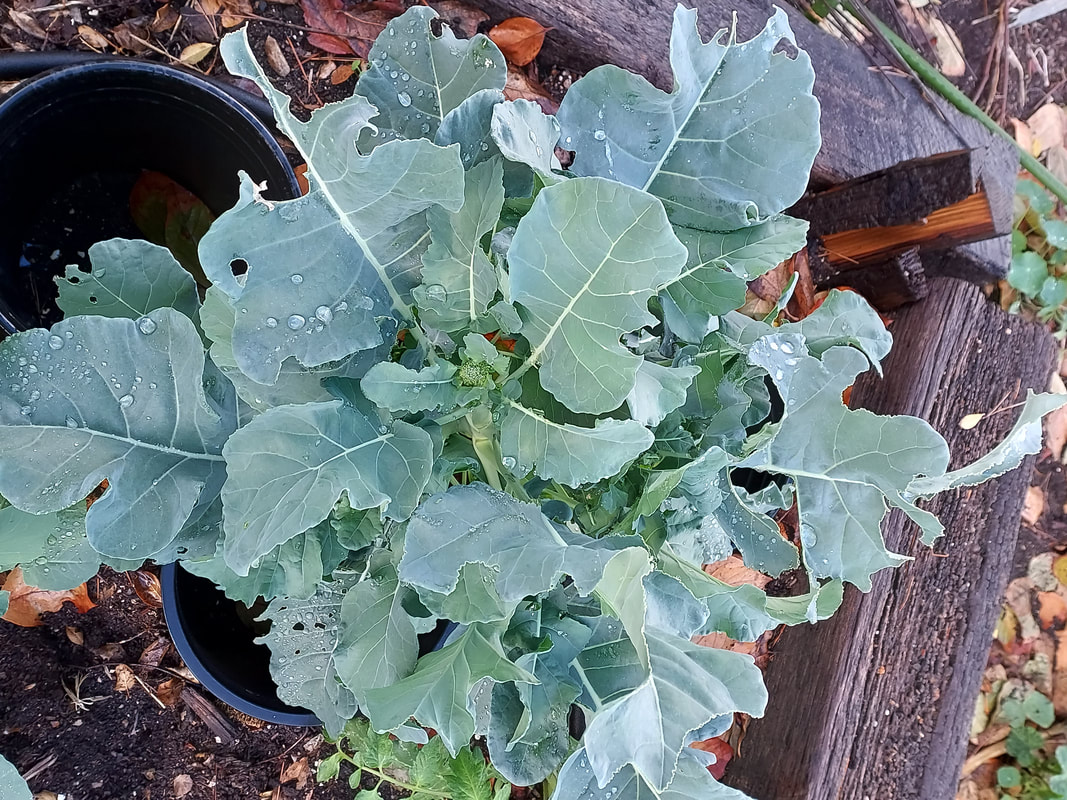
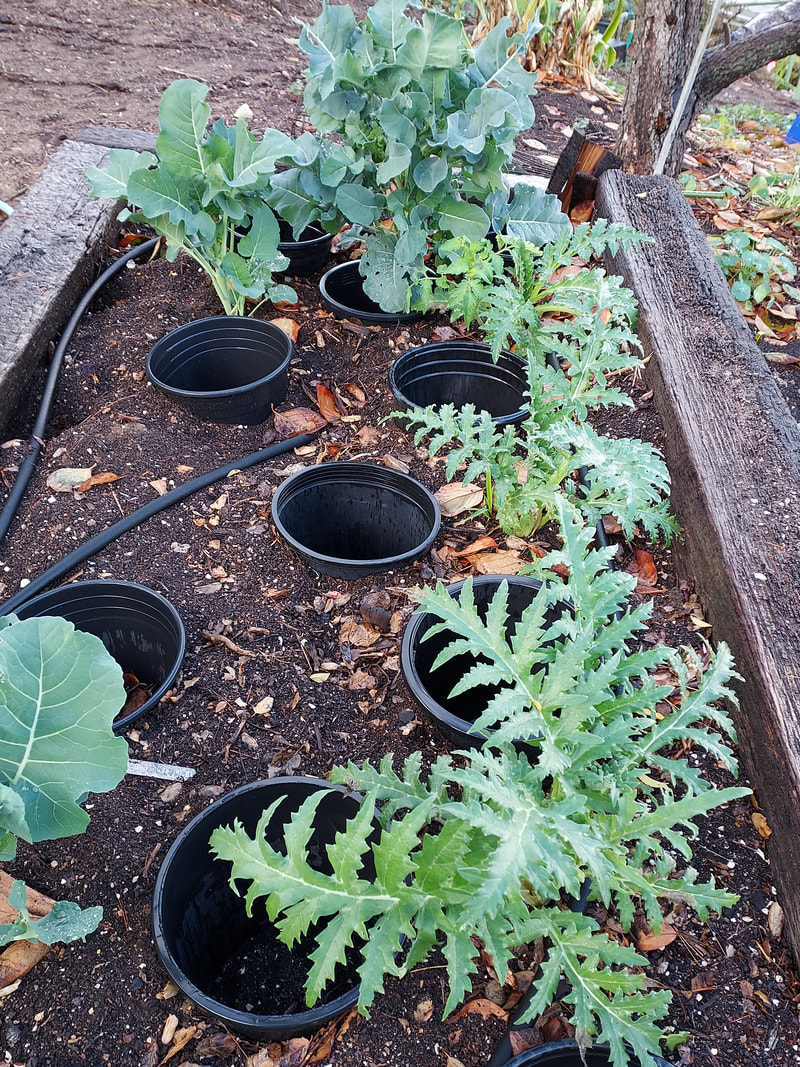
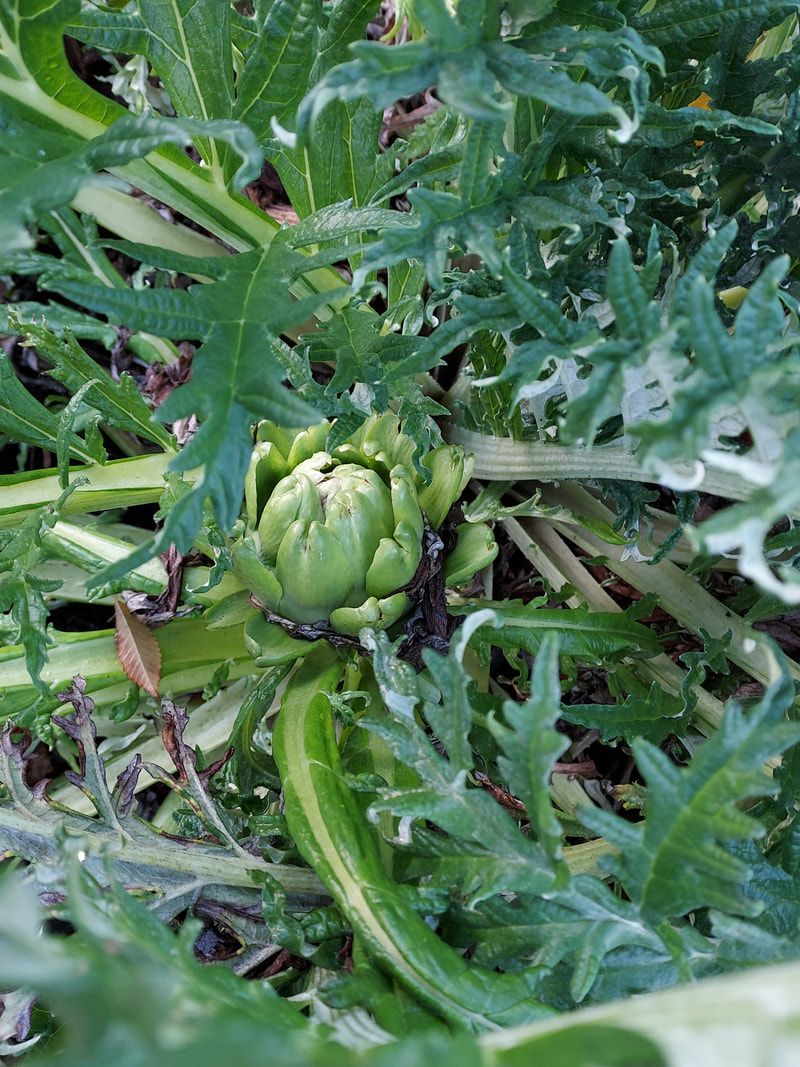
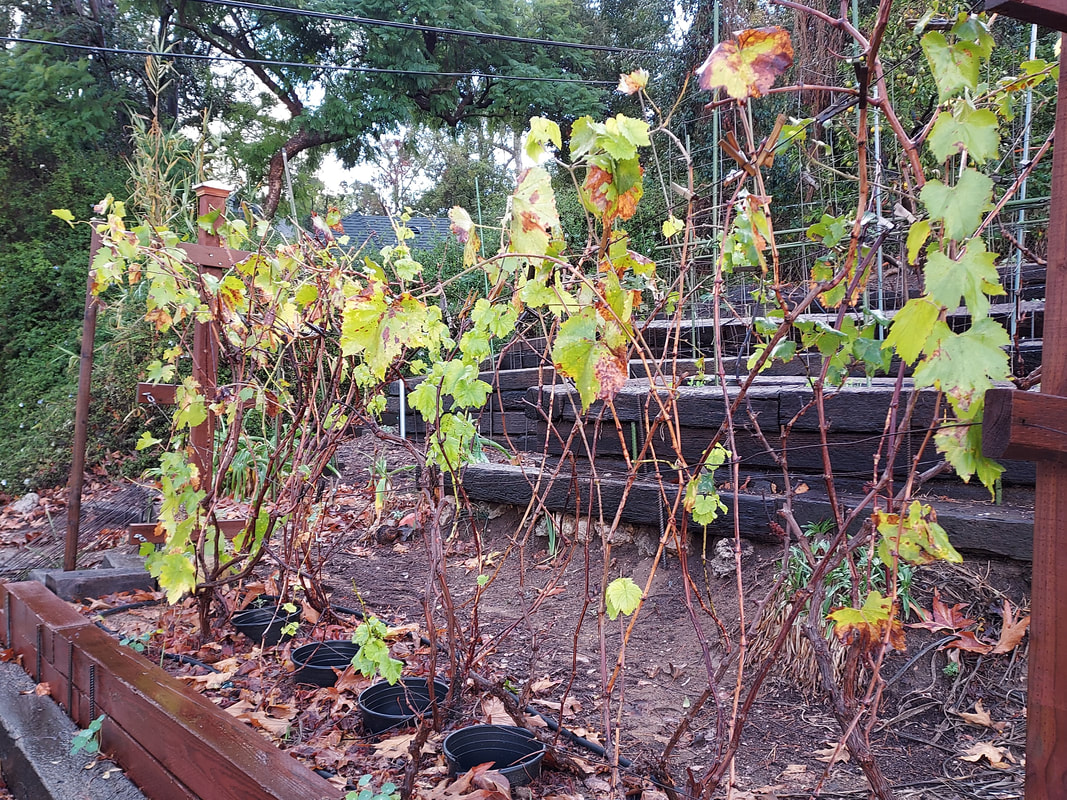
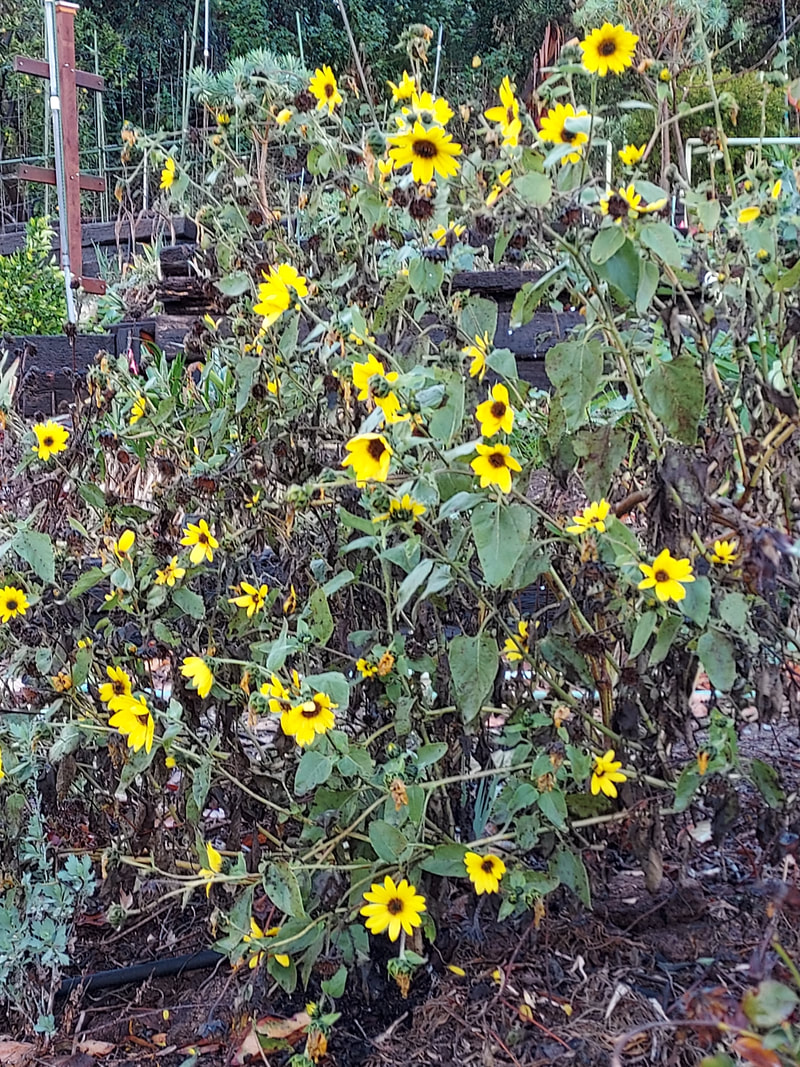
 RSS Feed
RSS Feed